Maximizing the Potential of Split Testing on Your CPA Lead Website
Buy CPC Traffic | Buy Display Ads | Exclusive traffic sources | Buy Push Ads | Popunder ADS | Buy Native Ads | Buy Preroll Ads
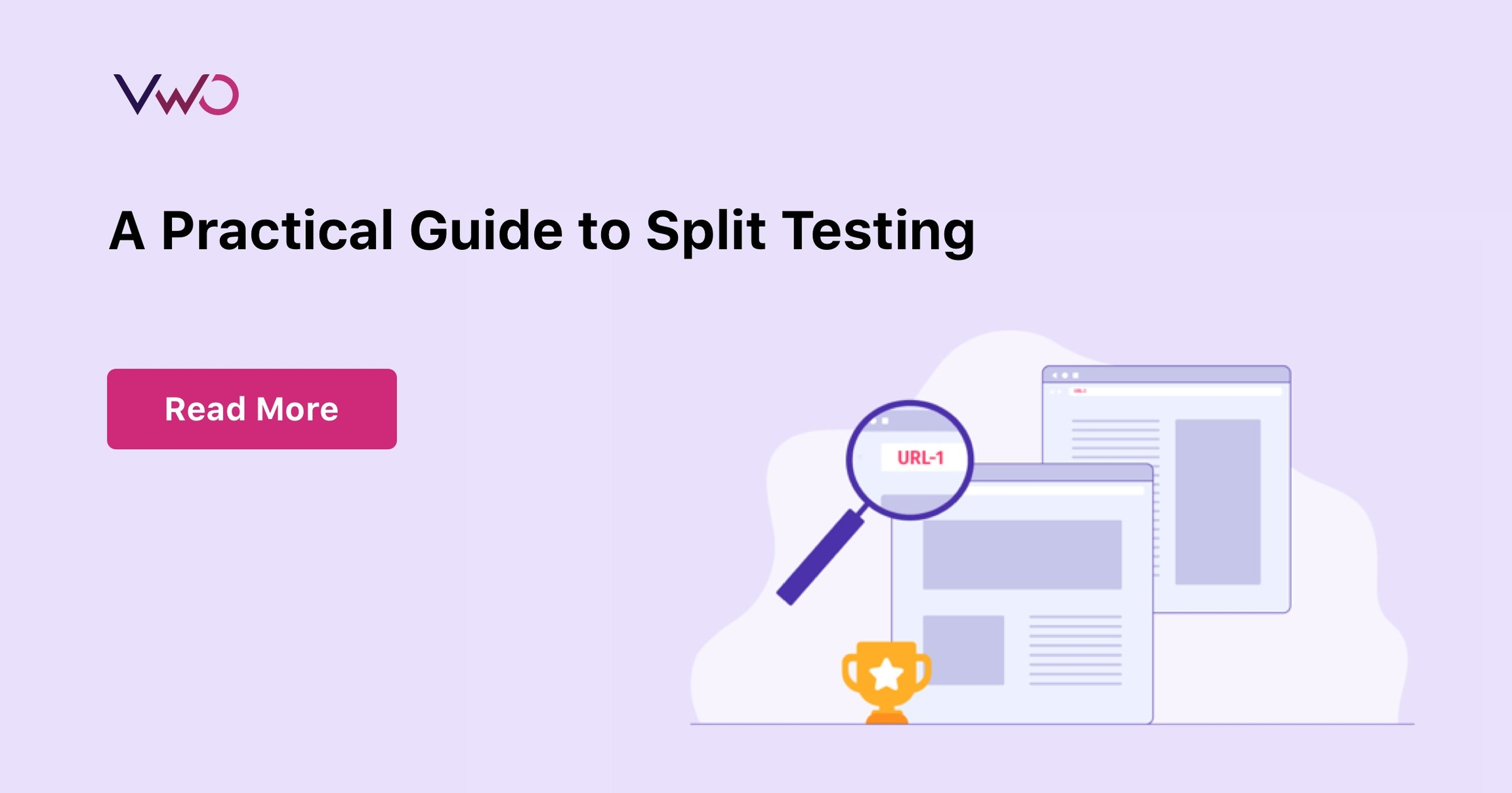
Buy CPC Traffic | Buy Display Ads | Exclusive traffic sources | Buy Push Ads | Popunder ADS | Buy Native Ads | Buy Preroll Ads
As an affiliate marketer in the world of CPA lead generation, your main goal is to drive conversions and earn more revenue. One of the most effective strategies to achieve this is by implementing split testing on your website. Split testing, also known as A/B testing, allows you to compare different versions of your website to determine which one performs better.
Split testing involves creating two or more variations of your website and randomly assigning visitors to each version. By tracking the performance of each variation, you can analyze the data and make informed decisions about which elements of your website are most effective in driving conversions.
But why is split testing so important?
Split testing allows you to optimize your website by making data-driven decisions. Instead of blindly guessing which elements will resonate with your audience, you can use split testing to test different variations and get clear, actionable data on what works best. This can lead to significant improvements in your conversion rates and ultimately, your revenue.
However, it's important to note that split testing is not a one-time solution. To truly unlock its power, you need to constantly iterate and test new variations.
So, how can you get started with split testing on your CPA lead website?
The first step is to identify the elements that you want to test. These can include headlines, call-to-action buttons, colors, layouts, and more. Once you've identified the elements, create different variations for each and set up a split testing tool to track the performance of each variation.
Remember, it's important to test one element at a time to accurately determine its impact on your conversions.
Why Split Testing is Crucial for Your Cpa Lead Website
When it comes to running a successful CPA lead website, one of the most important strategies you can implement is split testing. Split testing, also known as A/B testing, allows you to test different variations of your website to see which one performs better. This allows you to make data-driven decisions that will optimize your website and increase your conversion rates.
One of the main reasons why split testing is crucial for your CPA lead website is that it helps you understand your target audience better. By testing different elements of your website, such as headlines, call-to-action buttons, and page layouts, you can learn what resonates with your audience and motivates them to take action. This valuable insight allows you to tailor your website to meet the specific needs and preferences of your target market.
Another reason why split testing is important is that it helps you identify and fix any weaknesses in your website. By testing different variations, you can uncover flaws in your design, copy, or user experience that may be hindering your conversion rates. Once you identify these issues, you can make the necessary improvements to optimize your website for maximum conversions.
Additionally, split testing allows you to stay ahead of your competitors. In the fast-paced world of online marketing, it's important to continuously innovate and improve your website to stand out from the crowd. By constantly testing and optimizing your website, you can stay one step ahead of your competitors and maintain a competitive edge.
Finally, split testing is crucial for your CPA lead website because it allows you to make informed decisions when it comes to buying traffic. Instead of blindly investing in traffic sources, you can use split testing to determine which sources are the most effective for your website. By analyzing the data from your tests, you can make data-driven decisions about where to invest your advertising budget, ultimately leading to higher quality traffic and more conversions.
In conclusion, split testing is an essential strategy for any CPA lead website. It helps you understand your audience, identify weaknesses in your website, stay ahead of your competitors, and make informed decisions about buying traffic. By implementing split testing into your marketing strategy, you can unlock the power of optimization and consistently improve the performance of your CPA lead website.
The Benefits of Split Testing
Split testing, also known as A/B testing or multivariate testing, is a powerful tool that can significantly enhance the performance of your CPA lead website. By comparing different variations of your website and analyzing the impact they have on user behavior, split testing allows you to make data-driven decisions that can result in higher conversion rates and increased revenue. Here are some of the key benefits of implementing split testing on your website:
1. Improved Conversion Rates

One of the main benefits of split testing is its ability to improve conversion rates. By testing different variations of your website elements, such as headlines, call-to-action buttons, and imagery, you can identify the elements that resonate the most with your target audience and result in higher conversions. This data-driven approach allows you to optimize your website for maximum user engagement and lead generation.
2. Enhanced User Experience
Split testing not only helps you improve conversion rates but also enhances the overall user experience on your website. By testing different layout designs, navigation structures, and content placements, you can identify the variations that provide a smoother and more intuitive user experience. This can result in increased visitor satisfaction, improved website usability, and ultimately, higher user retention rates.
3. Reduced Risk
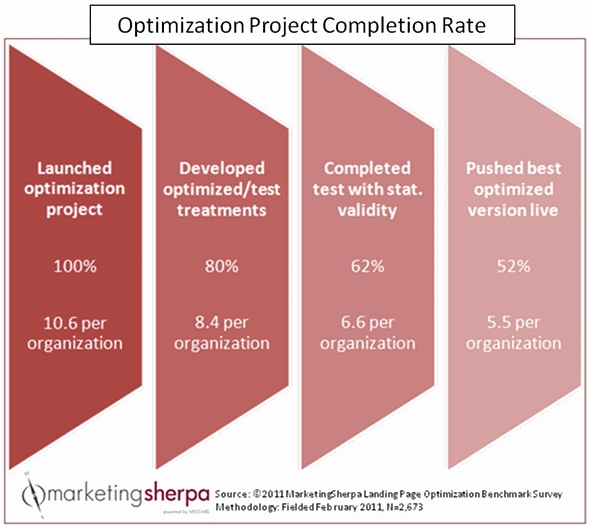
Split testing allows you to reduce the risk associated with making changes to your website. Instead of relying on intuition or guesswork, you can test different variations and collect data to support your decision-making process. This data-driven approach minimizes the chances of making costly mistakes and ensures that the changes you implement are based on actual user preferences and behavior.
Implementing split testing on your CPA lead website can provide you with valuable insights into your target audience's preferences and behavior. By optimizing your website based on these insights, you can maximize your conversion rates, enhance the user experience, and ultimately drive more revenue. It's a powerful tool that should be an integral part of your website optimization strategy.
How to Set Up Split Testing on Your Cpa Lead Website
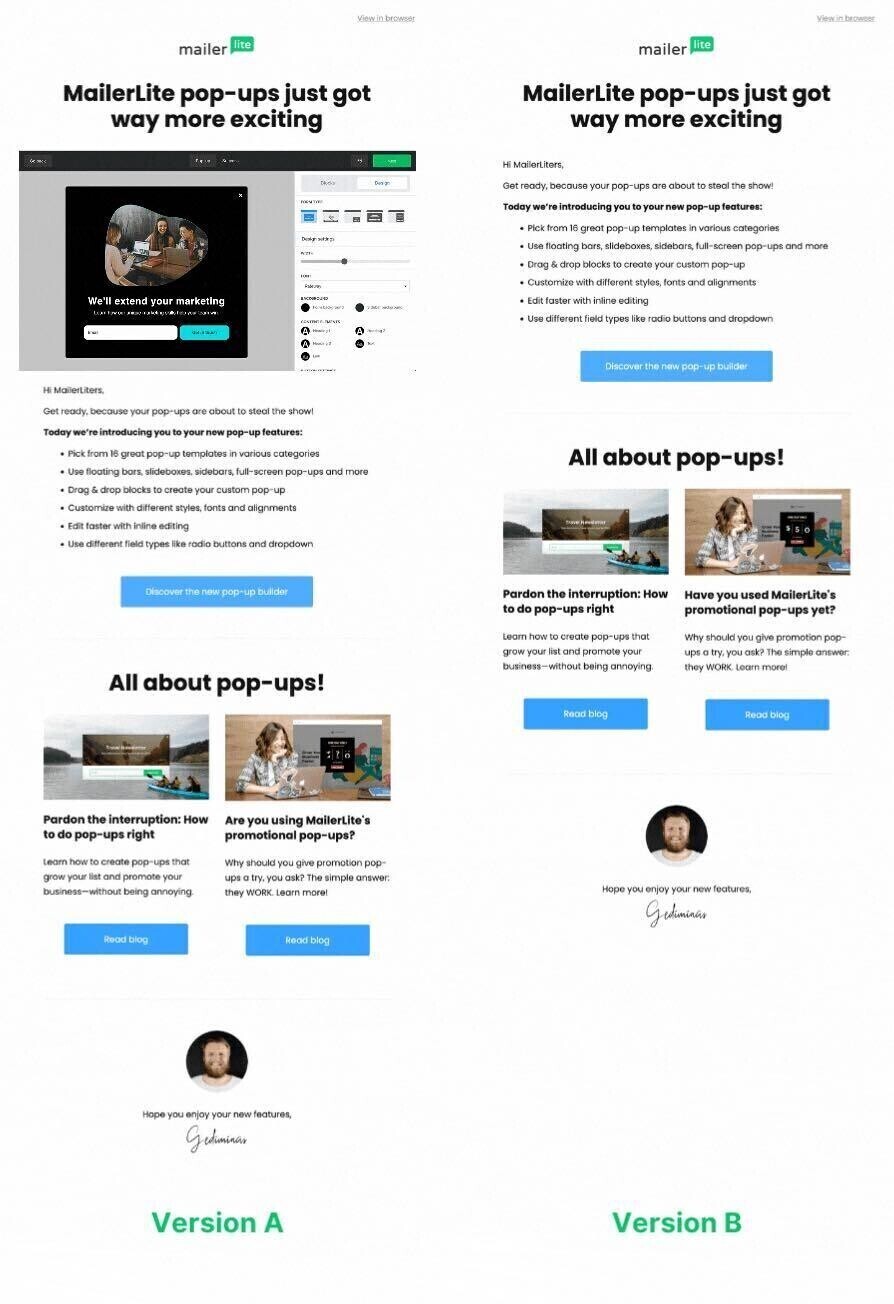
Split testing, also known as A/B testing, is a crucial technique in optimizing the performance of your CPA lead website. By conducting split tests, you can evaluate different versions of your website or landing page to determine which one leads to higher conversion rates and better overall results. In this article, we will guide you through the process of setting up split testing on your CPA lead website to maximize your traffic and profits.
Step 1: Define Your Objectives
Before you start split testing, it is important to clearly define your objectives. Determine what you want to achieve with your CPA lead website. Do you want to increase the number of conversions, improve the click-through rate, or enhance the overall user experience? Once you have a clear understanding of your goals, it will be easier to design and conduct effective split tests.
Step 2: Identify Key Elements
Identify the key elements on your CPA lead website that you want to test. This could include the headline, call-to-action button, images, form fields, or any other element that could potentially impact the conversion rate. Keep in mind that it is important to test one element at a time to accurately analyze the results.
Step 3: Create Variations
Create different variations of your website or landing page by changing the selected element. For example, if you want to test the headline, create multiple versions with different headlines. Make sure each variation is distinct and clearly differentiates from one another. This will help you accurately measure the impact of each variation on your CPA lead website's performance.
Step 4: Implement Split Testing Tool
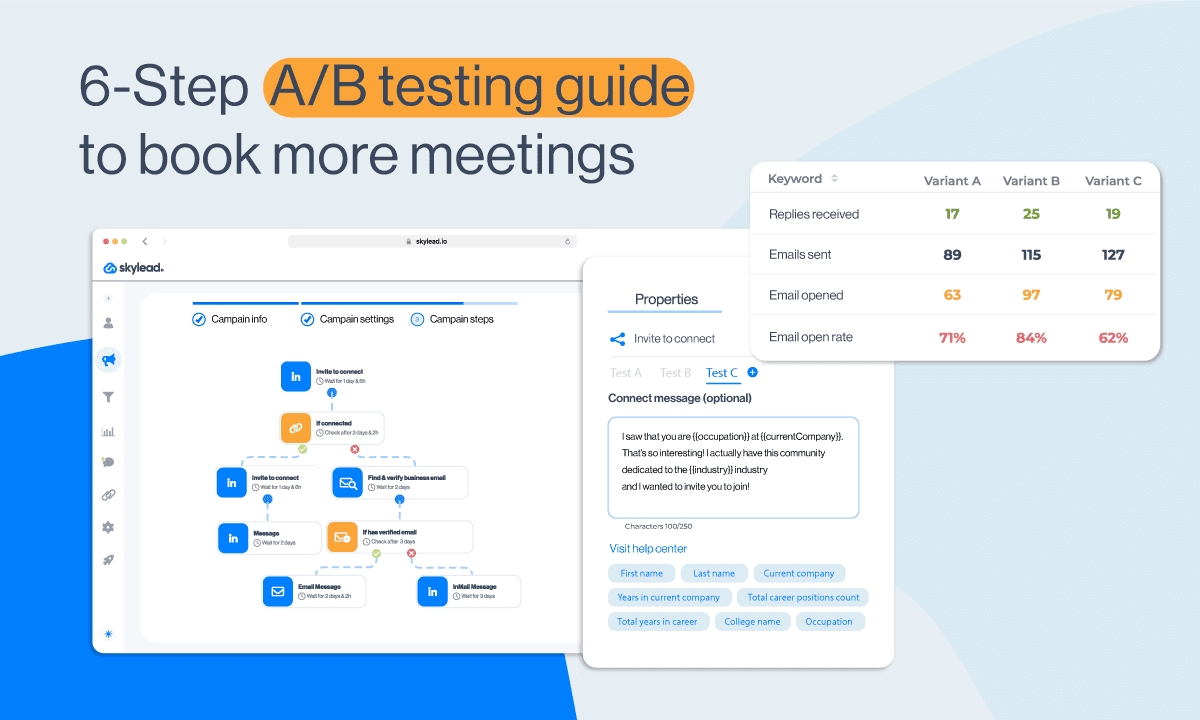
Choose a split testing tool that best suits your needs. There are many tools available, both free and paid, that can help you set up and conduct split tests on your CPA lead website. Implement the chosen tool on your website and configure it to track and measure the performance of each variation in terms of conversions, click-through rates, or any other key metric that aligns with your objectives.
Step 5: Launch and Monitor
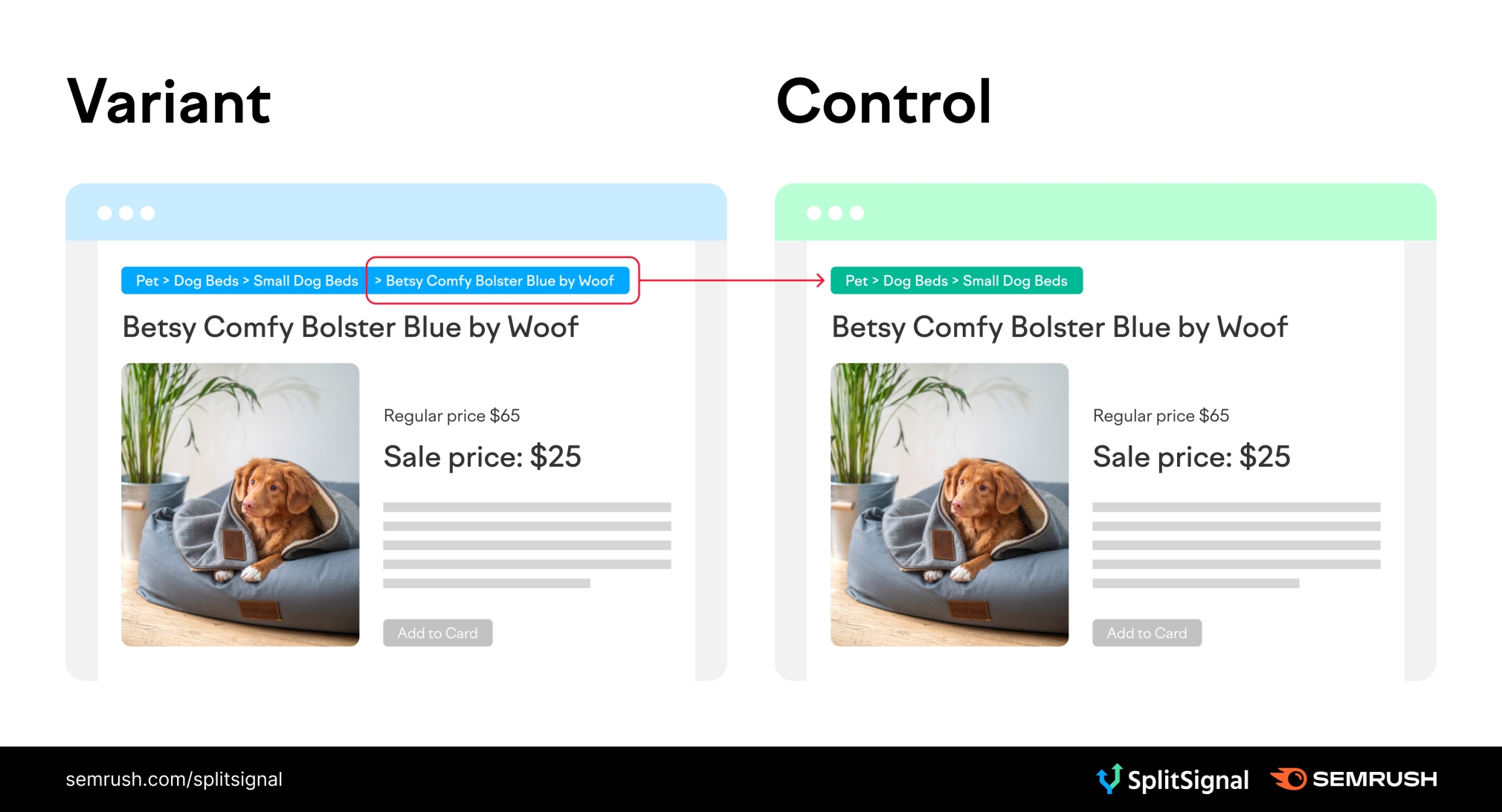
Launch your split test and start driving traffic to your CPA lead website. This can be done organically or by buying traffic from reliable sources. Monitor the performance of each variation and collect data on how well they are performing compared to each other. Keep track of the key metrics you defined in the first step to objectively evaluate the results.
Step 6: Analyze and Iterate
Analyze the data collected from your split test and draw conclusions. Identify which variation performed the best in terms of your defined objectives. Implement the winning variation on your CPA lead website to improve its performance. Iterate the process and continue conducting split tests to continuously optimize your website and maximize your conversion rates.
By following these steps, you will be able to set up split testing on your CPA lead website and gain valuable insights into what works best for your audience. Remember that split testing is an ongoing process, and the more tests you conduct, the more data-driven decisions you can make to unlock the full potential of your CPA lead website.
Choosing the Right Elements to Test
When it comes to split testing on your CPA lead website, it's important to focus on the right elements. Testing every single element on your website can be time-consuming and may not yield significant results. Instead, you should prioritize testing elements that have the potential to have the greatest impact on your conversions.
Headlines
The headline is often the first thing that visitors see when they land on your website. It is crucial in capturing their attention and convincing them to stay and explore further. Testing different headline variations can help you determine which one resonates the most with your target audience and leads to higher conversion rates.
Call-to-Action Buttons
Your call-to-action (CTA) buttons are the key drivers of conversions on your website. The color, size, placement, and wording of these buttons can greatly influence their effectiveness. By split testing different variations of your CTA buttons, you can identify the ones that generate the most clicks and ultimately drive more conversions.
Images
Images can play a powerful role in conveying your message and evoking emotions. Testing different visuals or even the absence of an image altogether can help you determine what resonates best with your audience. Additionally, you can test the placement and size of the images to optimize their impact on conversions.
Forms
If your website includes a signup form or any type of form for visitors to fill out, you can test different form designs and fields to enhance user experience and increase conversions. Modifying the length, layout, and required fields can have a significant impact on the completion rate of your forms.
Page Layout
The layout and structure of your website's pages can influence how users navigate and interact with your content. Testing different layouts, section placements, and content organization can help you identify the most intuitive and engaging design. The goal is to create a seamless user experience that motivates visitors to take action.
Text and Copy
The wording and messaging on your website have a direct impact on your audience's perception of your brand and their likelihood to convert. Split testing different headlines, subheadings, body copy, and calls-to-action can help you find the optimal combination that resonates with your target audience and encourages them to convert.
In conclusion, it is essential to select the right elements to test in order to maximize the effectiveness of your split testing efforts. By focusing on elements such as headlines, call-to-action buttons, images, forms, page layout, and text, you can make data-driven decisions that will improve your CPA lead website's conversions and overall performance.
Tracking and Analyzing Split Testing Results
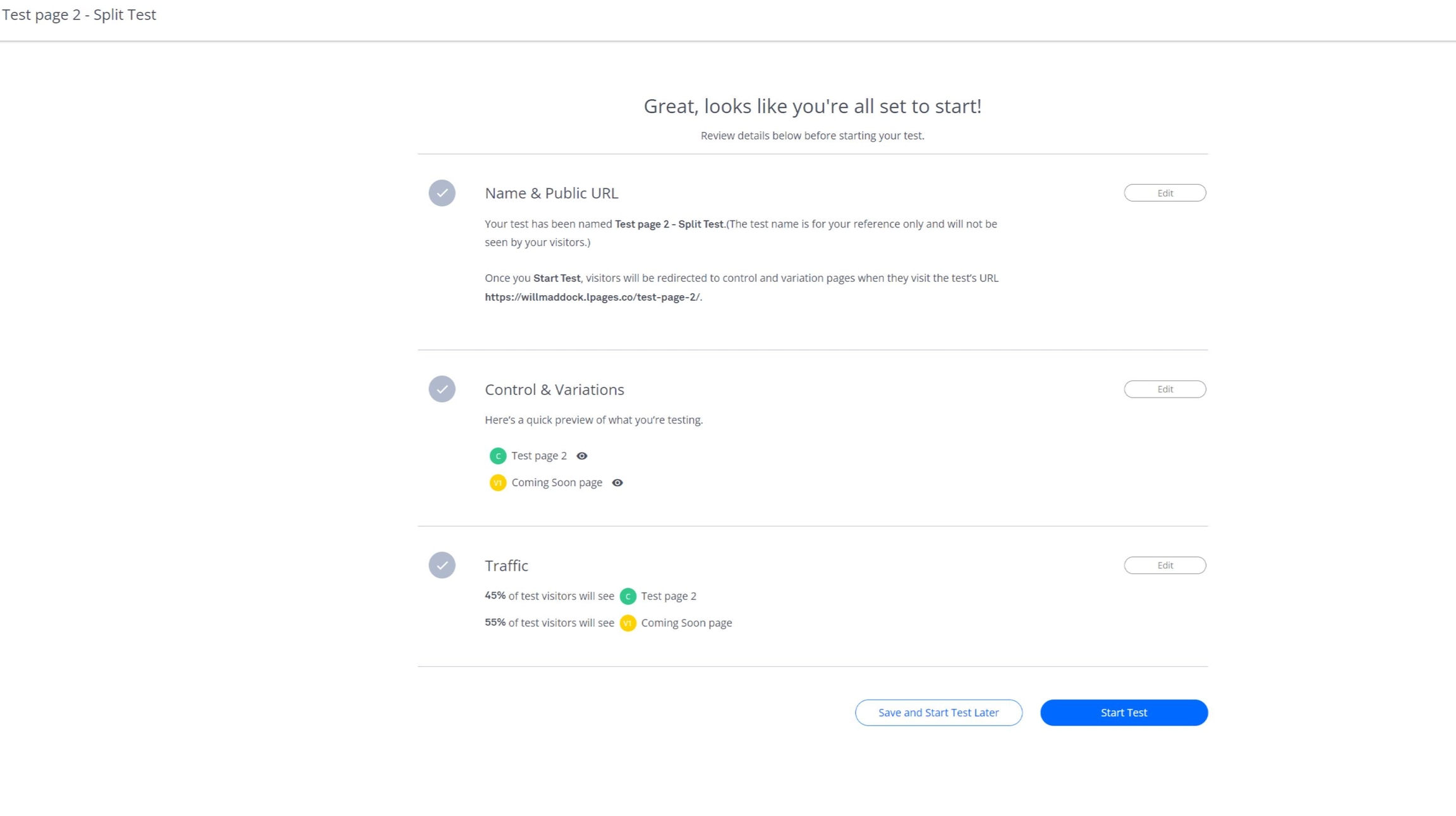
Split testing, also known as A/B testing, is a powerful strategy for optimizing the performance of your CPA lead website. However, in order to make informed decisions and maximize the effectiveness of your split testing efforts, it is crucial to properly track and analyze the results. Tracking and analyzing split testing results allows you to gain insights into how different variations of your website or landing page perform, and can help guide future optimization efforts.
Setting Up Conversion Tracking

The first step in tracking split testing results is to set up conversion tracking. Conversion tracking allows you to track and measure the actions that visitors take on your website or landing page, such as signing up for a newsletter or completing a purchase. By properly setting up conversion tracking, you can accurately measure the performance of different variations of your website and determine which one is more effective in driving conversions.
Analyzing Split Testing Results

Once you have setup conversion tracking, you can start analyzing the results of your split tests. One common method for analyzing split testing results is to look at the conversion rate for each variation. The conversion rate represents the percentage of visitors who take a desired action on your website or landing page. By comparing the conversion rates of different variations, you can determine which one is performing better and generating more conversions.
Variation A
10%
Variation B
15%
In the example above, Variation B has a higher conversion rate than Variation A, indicating that it is more effective in driving conversions. This insight can guide your decision-making and help improve the performance of your CPA lead website.
It is also important to consider statistical significance when analyzing split testing results. Statistical significance helps you determine if the differences in conversion rates between variations are due to chance or if they are statistically significant. Tools such as statistical calculators can help you calculate the statistical significance of your split testing results and make more informed decisions based on the data.
In conclusion, tracking and analyzing split testing results is essential for unlocking the power of split testing on your CPA lead website. By properly tracking conversions and analyzing the performance of different variations, you can make data-driven decisions that lead to improved conversions and overall success.
Optimizing Your Website Based on Split Testing Data
Split testing, or A/B testing, is a powerful tool that can help you optimize your website and improve its performance. By running multiple variations of your website and measuring their impact, you can gather valuable data that can guide your optimization efforts.
Here are some steps you can take to optimize your website based on split testing data:
Analyze your split testing data: Start by collecting and analyzing the data from your split tests. Look for patterns and trends, and identify which variations performed better in terms of conversion rates, engagement, and other key metrics.
Focus on high-performing elements: Once you have analyzed the data, focus on the elements that have shown the most promise. This could be a compelling headline, a call-to-action button, or a specific layout. Make changes to your website to emphasize these high-performing elements.
Iterate and test again: Optimization is an ongoing process, so don't settle for just one round of split testing. Use the insights from your initial tests to inform your next set of variations, and continue to refine and improve your website based on the data you gather.
Consider user feedback: While split testing data can provide valuable insights, it's important to also consider user feedback. Gather feedback through surveys, user testing, and other methods to gain a more holistic understanding of your website's performance.
Track and measure your changes: As you make changes to your website based on split testing data, be sure to track and measure their impact. Continuously monitor your key metrics to ensure that your optimization efforts are producing the desired results.
Remember, split testing is a data-driven approach to optimization. By using the insights gained from your split tests, you can make informed decisions and improve the performance of your CPA lead website.
Common Mistakes to Avoid in Split Testing

When it comes to split testing on your CPA lead website, avoiding common mistakes is crucial for success. Here are some common mistakes you should avoid:
Not testing enough variations: One common mistake is not testing enough variations of your page. To truly unlock the power of split testing, it's important to test multiple versions to find the most effective one.
Testing too many variations at once: On the other hand, testing too many variations at once can dilute your data and make it difficult to determine which changes are making a difference. It's best to start with a few key variations and then iterate from there.
Not collecting enough data: Split testing requires collecting enough data to make informed decisions. Don't make assumptions based on small sample sizes – gather enough data to ensure statistical significance.
Not considering the overall user experience: Remember that split testing is not just about individual elements on your page; it's about improving the overall user experience. Make sure to consider how different variations impact navigation, load times, and overall site usability.
Ignoring the importance of mobile: With the rise of mobile usage, it's essential to test your variations on different devices and screen sizes. Ignoring the mobile experience can result in missed opportunities for conversions.
Not tracking and analyzing results: Split testing is only effective if you track and analyze the results. Use tools like Google Analytics to monitor key metrics and make data-driven decisions.
Avoiding these common mistakes will help you optimize your CPA lead website and improve your conversion rates. Remember, split testing is an ongoing process, so don't be afraid to experiment and iterate to find what works best for your audience.
If you're interested in learning more about maximizing your advertising efforts, consider exploring the benefits of rtb advertising. Utilizing real-time bidding technology can further enhance your targeting capabilities and increase your campaign's effectiveness.
Unlocking the Full Potential of Split Testing on Your CPA Lead Website
Split testing, also known as A/B testing, is a powerful technique that can help you optimize your CPA lead website and maximize conversion rates. By testing different variations of your website or landing page, you can identify which elements work best for your audience and make data-driven decisions to improve your overall performance.
What is Split Testing?

Split testing involves creating multiple versions of your website or landing page and randomly exposing visitors to different variations. This allows you to compare the performance of each version and determine which one yields better results.
Typically, split testing involves testing variations of headlines, call-to-action buttons, images, layouts, and other elements that can influence user behavior and engagement. By systematically testing these variables, you can gain valuable insights into what resonates with your audience and drives conversions.
How to Implement Split Testing
To unlock the full potential of split testing on your CPA lead website, follow these steps:
Identify your goals: Clearly define the objectives you want to achieve through split testing, such as increasing sign-up rates or improving click-through rates.
Choose your testing platform: Select a reliable split testing platform that allows you to create and run experiments easily. There are numerous tools available, ranging from simple A/B testing plugins to more advanced solutions.
Decide on the variables to test: Identify the elements you want to test on your website, such as headlines, colors, placement of elements, or even entire page layouts. Prioritize variables based on their potential impact on your conversion rates.
Create variations: Develop different versions of your website or landing page, each incorporating a specific variation of the chosen variables. For example, if you are testing headlines, create multiple versions with different headlines to see which one performs the best.
Run the experiment: Use your chosen testing platform to split your traffic between the different variations. Track and analyze the performance of each version using key metrics such as conversion rates, bounce rates, and time on page.
Analyze the results: Once the experiment has gathered sufficient data, analyze the results to determine which variations performed better. Identify the winning variation(s) that generated the highest conversion rates or achieved your defined goals.
Implement changes: Apply the insights gained from the split testing to make data-driven changes to your website or landing page. This could involve updating headlines, adjusting layouts, or modifying call-to-action buttons to reflect the winning variations.
By consistently running split tests and making iterative improvements based on the results, you can unlock the full potential of split testing on your CPA lead website. Remember, optimization is an ongoing process, and continuously testing and refining your website can lead to substantial improvements in your conversion rates and overall success.
Why is split testing important for a CPA lead website?
Split testing allows you to experiment with different elements on your CPA lead website, such as headlines, images, and call-to-action buttons. By testing these elements, you can determine which ones are most effective at converting visitors into leads. This helps you optimize your website and increase your conversion rates, ultimately leading to more revenue.
How can I set up split testing on my CPA lead website?
To set up split testing, you will need to use a split testing tool or software. There are many options available, both free and paid. Once you have a split testing tool in place, you can create variations of different elements on your website and test them against each other. The tool will track the performance of each variation and provide you with data and insights to help you make informed decisions.
What elements should I test in split testing for my CPA lead website?
You can test various elements on your CPA lead website, including headlines, images, colors, call-to-action buttons, form fields, and page layouts. It's important to focus on one element at a time to get accurate results. For example, you can test two different headlines and see which one generates more leads. Once you have a winner, you can move on to testing another element.
How long should I run a split test on my CPA lead website?
The duration of a split test depends on the amount of traffic your website receives. In general, it's recommended to run a split test for at least two weeks to ensure you have a large enough sample size. However, if your website receives a high volume of traffic, you may be able to gather enough data in a shorter period of time. It's important to monitor your split test regularly and analyze the data to determine when you have statistically significant results.
What should I do with the results of a split test on my CPA lead website?
Once you have the results of a split test, you should analyze the data to determine the winning variation. The winning variation is the one that generated the highest conversion rate or number of leads. You can then implement the winning variation as the default option on your website and continue testing other elements. It's important to continually optimize your website through split testing to ensure you are maximizing your conversion rates and revenue.
What is split testing and why is it important for a CPA lead website?
Split testing, also known as A/B testing, is the process of comparing two or more variations of a web page to determine which one performs better. It is important for a CPA lead website because it allows you to optimize your site for maximum conversion rates, which in turn can lead to increased revenue and profits.
How can I start split testing on my CPA lead website?
To start split testing on your CPA lead website, you should first identify the specific elements that you want to test, such as headlines, call-to-action buttons, or form designs. Then, create different variations of those elements and use a testing tool or software to track the performance of each variation. Analyze the data and make adjustments based on the results to slowly improve your conversion rates over time.
What are some best practices for split testing on a CPA lead website?
Some best practices for split testing on a CPA lead website include testing one element at a time to accurately measure its impact, running tests for a sufficient duration to gather reliable data, ensuring that your test variations are significantly different to have a clear winner, and constantly iterating and testing new ideas to keep improving your conversion rates. It is also important to remember to have a clear goal in mind for your tests and to prioritize your tests based on their potential impact.
Buy CPC Traffic | Buy Display Ads | Exclusive traffic sources | Buy Push Ads | Popunder ADS | Buy Native Ads | Buy Preroll Ads
2022-2024 @ Unlocking the Power of Split Testing on Your Cpa Lead Website